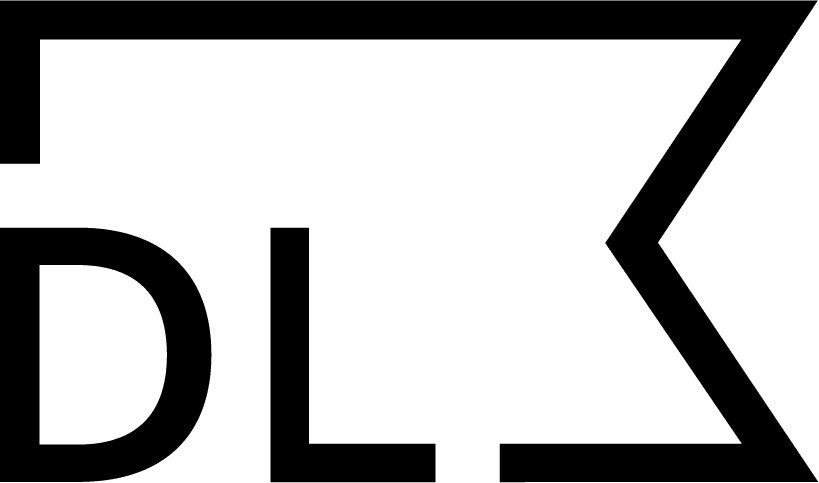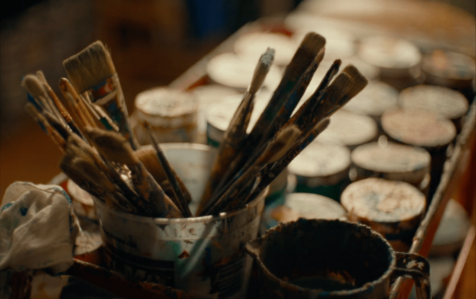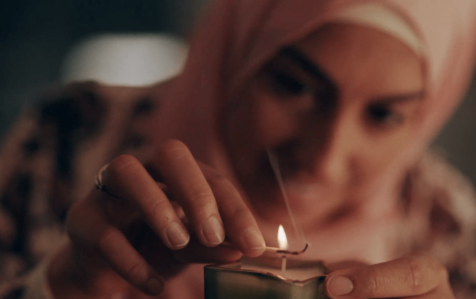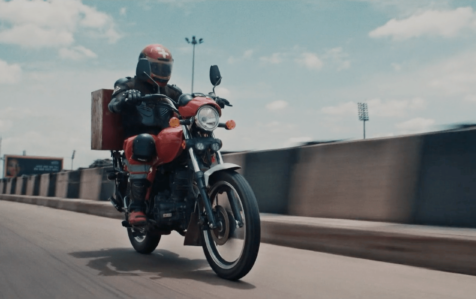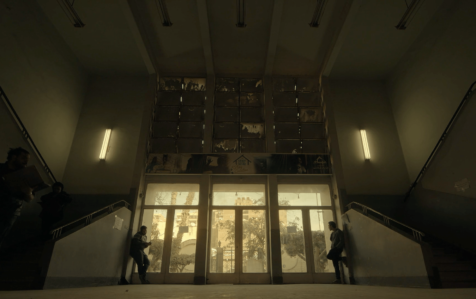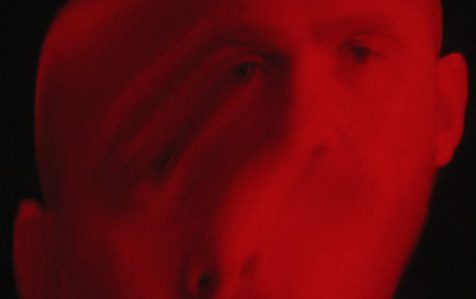Julia Kupiec directs ‘Andi’.
Andi, a Long Beach based roller skater discusses her journey of shedding false identities and the value of finding a safe space among found family in order to grow past trauma.
Words from Julia below.
Can you talk about the narrative process, how did you work with Andrea to tell her story?
The narrative that the profile takes came about as a kind of unearthing process that had to do with Andi’s experience and certain themes I was thinking about at the time. I came into my pre-interview with Andi with some questions that I had been asking myself a lot. We talked about a lot of things – about how we felt about our own femininity in traditionally masculine environments, about how to hold space for ourselves, about our journeys of becoming more comfortable with who we are as people. I looked at skating as the kind of setting that a deeper conversation could take place in.
What emerged through our conversations was a story about found family – about finding your people and the freedom that comes with that after having perhaps been pigeonholed into versions of yourself that didn’t seem to fit. I like to throw out a kind of wide net of topics to begin with, and then it’s about seeing what resonates. As I get to know a person better, it becomes clearer what we need to be digging deeper into.

There’s a balance in documentary filmmaking – it’s about trying to create an authentic portrait of another person while also tapping into your own creative voice as a filmmaker.
What can you tell us about the shooting approach?
I was a cinematographer before I was a director so the way I intend to capture a story is very present in the way I develop projects. My DP and I have a very close working relationship and we found a few touchstone pieces that did documentary in a way that resonated with us.
I’ve always been drawn to projects that feel incredibly composed and intentional in their shooting style while still achieving a sense of naturalism in the actual action taking place. Lance Oppenheim’s ‘Some Kind of Heaven’ is a great example of that in the documentary space.
I also knew that I wanted to play with dramatic shifts in pace. I’d never really done that in a project before and it was a stylistic challenge I wanted to give myself. I knew I wanted there to be fast, upbeat moments and also ones that felt more contemplative. It reflected something I sensed about Andi. She’s an incredibly positive and relatively bubbly person, but there’s also this deeper, quieter layer that’s very introspective. I wanted to be able to capture both and I wanted those transitions to be felt.
Do you have any words of advice for a filmmaker wishing to capture a portrait of a person on film?
I think it’s all about coming in with a sense of curiosity and taking the time to develop an understanding of a person. There’s a balance in documentary filmmaking – it’s about trying to create an authentic portrait of another person while also tapping into your own creative voice as a filmmaker. It isn’t always easy to balance those two things.
It’s about looking closely enough that you find that silver thread and take the time to see where it leads, all the way to the end.
There were topics Andi and I talked about that may have led to an edgier or more interesting film, but she wasn’t ready to have some of those things exist out in the world and I wanted to respect that. I think painting a portrait of someone has so much to do with mutual trust and respect. I wanted to make a project that Andi could look at and feel proud of – like it was hers just as much as it was mine. After that, it’s just about listening to your narrative instincts. As humans, story is ingrained in our bones. It’s the way we understand and learn about other people and the world around us. It’s about looking closely enough that you find that silver thread and take the time to see where it leads, all the way to the end.

Music is used effectively for different chapters, what were you looking to achieve when syncing image to sound?
Music played a huge role in the way this project came together. All of the songs in the edit are songs I was listening to at the time I started developing the project. (A few of them are from the Hulu series ‘Normal People’ if you’re curious – GREAT soundtrack). Each song represented a different kind of narrative tone for me and I wanted them to act as the kind of underbelly for the emotional arc of the story. That was partly a creative choice and also a solution to a roadblock. I edited this project myself and I had no idea what to do when I initially sat down. I had no idea how to initiate those dramatic shifts in pace and tone (especially since we had no production sound since we couldn’t afford a sound mixer on set, haha!) – so I started editing the project in chapters because it was the only way I knew how to start. Each chapter had a song that was my kind of emotional touchstone and the transitions came later as I figured out how to bridge the chapters together.
Each song represented a different kind of narrative tone for me and I wanted them to act as the kind of underbelly for the emotional arc of the story. That was partly a creative choice and also a solution to a roadblock.
A lot of people talk about the score as a kind of crutch for filmmakers and I understand why we say that. Who knows, maybe it was a crutch for me here – someone could make that argument. But I also love music and I feel so inspired by it. I was OK with it being a real driving force behind this story because it felt right. It was also great that all of the artists allowed us to keep the songs in the project. I was so worried that we wouldn’t get permission but we did and that was kind of a miracle. My producer, Jonas Berry, who also happens to be a very talented musician, added some original compositions to sections as well.
What are you reading at the moment?
Right now, I’m reading ‘Outline’ by Rachel Cusk and am loving it. In its own way, it’s also a kind of portrait of a person. We come to learn about our protagonist through a handful of conversations she has with other people. It’s as if we see a number of mirrors held up to someone and we have to collage our image of them through all these disparate perspectives. I think it’s brilliant and so smart as a piece of work. I also just finished ‘The Catcher in the Rye’ (for the first time). I’ve been a voracious reader since college but not once did I finish an assigned book in high school. People change. Life is weird that way.
- Julia Kupiec
- Director
- Ace Buckley
- Director of Photography
- Jonas Berry
- Producer
- Owen Lazur
- Producer
- Samson Jeter
- Producer
- Jared Rosenthal
- Colourist
- rubbertape
- Production Company
